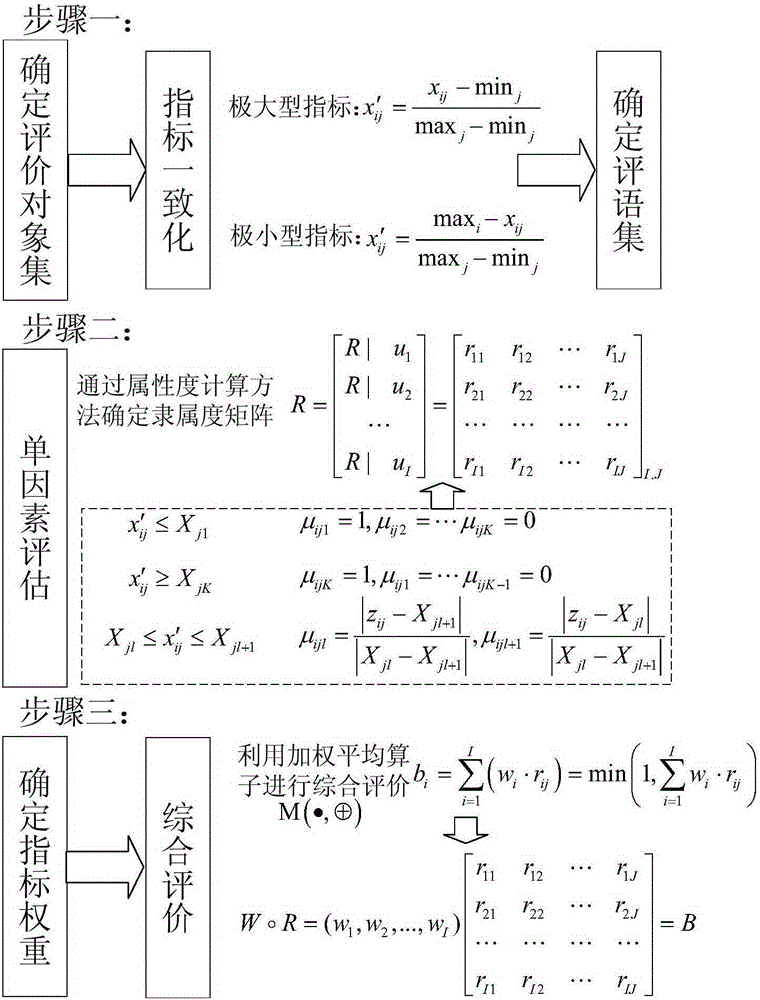Clustered building coordination capacity allocation method based on load energy efficiency evaluation
A capacity allocation and building technology, applied in the field of electricity service, can solve problems such as high cost, inability to fully tap the reduction potential of cluster buildings, and lack of gap division basis
- Summary
- Abstract
- Description
- Claims
- Application Information
AI Technical Summary
Problems solved by technology
Method used
Image
Examples
specific Embodiment approach
[0106] Assumptions:
[0107] Assume that there are 6 large buildings participating in demand response coordination control in a cluster building area, which are numbered 1-6 respectively, among which 1 and 2 are office buildings, 3 and 4 are shopping malls, 5 is a hotel, and 6 is a large residential building. Statistically analyze the power consumption data of each building and internal power consumption system in the last month, conduct energy efficiency assessment, and then formulate a coordination plan.
[0108] calculation steps:
[0109] (1) Determine various construction parameters, including the number of buildings participating in coordinated control, the types of construction industries and their demand response execution capabilities, and the total reduction capacity of the region;
[0110] Set the overall reduction capacity of the area Q=80MW;
[0111] Determine the number of buildings I=6;
[0112] Coefficient α of each construction industry i : α 1 = α 2 = 0...
PUM
 Login to View More
Login to View More Abstract
Description
Claims
Application Information
 Login to View More
Login to View More - R&D Engineer
- R&D Manager
- IP Professional
- Industry Leading Data Capabilities
- Powerful AI technology
- Patent DNA Extraction
Browse by: Latest US Patents, China's latest patents, Technical Efficacy Thesaurus, Application Domain, Technology Topic, Popular Technical Reports.
© 2024 PatSnap. All rights reserved.Legal|Privacy policy|Modern Slavery Act Transparency Statement|Sitemap|About US| Contact US: help@patsnap.com










